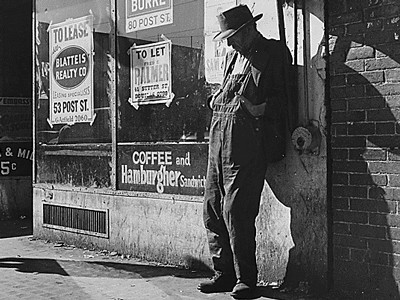JP Morgan The Other Side Of The Hedge
Post on: 19 Июль, 2015 No Comment

The JP Morgan Chase building on Park Avenue, New York. (Image credit: AFP/Getty Images)
After weeks dismissing concerns about the bank’s questionable risk management practices at its Chief Investment Office (CIO), JP Morgan CEO Jamie Dimon went before the media contrite, admitting to mistakes and the need to make them a teachable moment. For Ina Drew, the firm’s now erstwhile Chief Risk Officer — one of the first casualties of an ongoing debacle about the (mis)management of risk in large, systemically important financial institutions – it is looking like a most unfortunate instance of deja vu, the bank’s anticipated $4 billion projected quarterly profit and financial strength notwithstanding.
What Happened?
Known for his blunt managerial approach and proclivity to micromanagement, Jamie Dimon appeared for a long time to have his hand firmly on the rudder at the bank, guiding it through severely roiled markets in the time of troubles from 2007 to 2010, when many of its peers proved less adept at managing risk. Dimon has often been critical of the regulators’ excessive zeal for greater oversight. The volte-face that he performed on May 10, 2012, seemed to indicate to the financial cognoscenti that the rot would exceed the initial $2 billion announced, hence his decision to get as far in front of the story as he could. Indeed, the subsequent hemorrhaging has approached $3 billion and “talk” has it going to $5 billion. The risk management equivalent of a SWAT team has been flown in to assist with the unwinding (or untangling) of the trades that engendered this fine mess. What brought it about? (For related reading, check out Hedge Funds’ Higher Returns Come At A Price .)
Exact details of the slip-up may be known in time – just not now. The bank’s unwinding of positions needs to occur in silence, not violence. Indeed, it was the imperfection of the hedge that the bank put on, that ostensibly enabled hedge funds and other players to smell blood. The firm’s next earnings release after the close of the second quarter may provide further insight into what went on. It appeared that the bank’s Chief Investment Office was hedging its high quality loan portfolio and investing excess funds. It may have taken directional bets that proved ill timed and got caught up in the snare of the global (eurozone) economic malaise, which has led central banks to lower interest rates, along with regulation that has required banks to hold more cash to meet higher capital requirements to address contingencies.
Attempting to invest this excess cash profitably appears to be the spike on which the bank’s CIO was impaled. The trader at the center of the position that was labeled The London Whale (for its size) was Bruno Iksil, dubbed Lord Voldemort after the Harry Potter villain. What happened comes down to what a hedge is designed to do, namely protect an existing investment position. A perfect hedge involves holding assets whose price movements offset one another exactly (e.g. one increases up by exactly the quantity that the other decreases). However, no hedge is a perfect, all-weather instrument. (For more, see Side-By-Side Management May Favor Hedge Over Mutual Fund .)
In an effort to protect its bond portfolio from negative macroeconomic events that could cause companies to default on their loans (bonds), the CIO bought credit default swaps (e.g. went short the risk) – insurance whose value would increase should that of the bonds decline. However, the office realized that it was over insured when better-than-expected economic conditions prevailed late last year.
As with personal insurance that is no longer needed, the bank could have shed excess coverage, but, instead, appeared to establish a hedge to protect against what it thought was a continually improving economy, namely by selling credit default swaps rather than closing out its long positions in them. When it did so, it went long on risk, as the bank would have to compensate the buyer for the loss that it could incur on the defaulted bonds.
Add to this the fact that ousted CRO Drew admitted that the CIO was a profit center, and it appears that these trades were hedges-cum-directional bets (i.e. the hackneyed phrase “icing on the cake”) that went awry. A hermetically sealed hedge should neither make nor lose money.
Possible Consequences
In the wake of this busted trade, the FBI and Justice Department are launching an investigation and both the SEC and CFTC are making inquiries. If, in fact, the trades were intended to be profit making, rather than loss preventing, then they would further stoke the embers of reform with respect to limits on proprietary trading embodied in the Volcker Rule. Another fall-out from this debacle is the further blemish on the reputation of financial models in general, and of Value at Risk (VaR) in particular.














